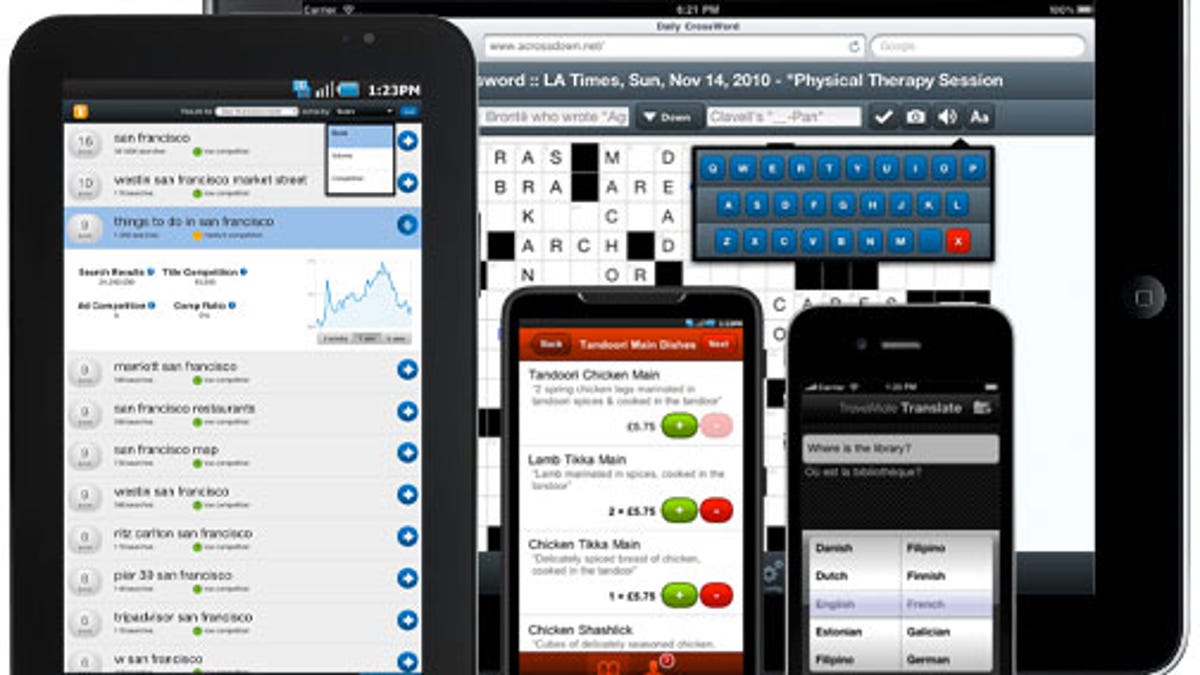Sencha's Web-app tools reach mobile browsers
Web programmers who want to span multiple mobile browsers can with Sencha Touch 1.0, available today for free. It's WebKit-only for now, though.

Sencha, a start-up trying to make a business out of open-source tools for building Web applications, has begun an important new phase of its business with its first foray into the hot mobile browser market.
The new Sencha Touch 1.0 software is a JavaScript programming framework out of which mobile Web apps can be built. It joins the company's earlier products, the Ext JS and Ext GWT frameworks and the Ext Designer developer tool.
The tools are designed for those who need to build user interfaces out of dialog boxes, pop-up windows, sliders, charts, check-boxes, and all the other elements used in applications today.
Sencha's work is part of the effort to ease the advancement of the Web into a more powerful foundation for interaction, with dynamic sites and applications. It employs HTML5 and a number of related Web standards such as local storage, geolocation, and most notably CSS3, the new version of the Cascading Style Sheets specification for Web page formatting.
Those technologies, while significant, have lacked mature development tools, though they're coming with software from Adobe Systems and JQuery, arguably the top dog in JavaScript programming frameworks. Maturation is important especially in the mobile realm, where it's often easier to write native applications for one operating system or another rather than Web applications that at least in theory could reach a broader market.
Sencha has a little incentive to attract programmers to its tools. It had said earlier that Sencha Touch would cost $99, but the company changed course and decided to make it free. The other tools, sold on the basis of standard or premium support contracts that come with commercially licensed versions of the software, aren't free; the Sencha Complete package that combines all the software costs $995 for a single developer with standard support and $3,995 for five developers and premium support.
Of course, anyone can already use it for free in its open-source software form. However, under the terms of the GPLv3 (GNU General Public License) that governs it, any project using the software must be made available under the same terms. "If you use our GPLv3 option, then the derivative work is also governed by GPLv3, which triggers the requirement to provide source code to anyone using the application outside your organization," Sencha said.
Sencha Touch is designed to be a cross-platform environment, making it easier for programmers to reach a multitude of devices. For example, it's geared to shield programmers from variations in screen resolution and how specific devices handle the all-important smartphone interaction mechanism, touch.
However, it's not all the way there yet, in part because the mobile browser market is so fluid. Sencha Touch today works with only two mobile operating systems: Apple's iOS and Google's Android.
Both of those use a Web browser based on the open-source WebKit engine, and it's spreading to other operating systems. That means today a Sensa Touch application will run, unchanged, on both Android and iOS. BlackBerry and MeeGo, which also employ WebKit, should be supported "very soon" as well, Sencha said
Non-WebKit browsers are another matter for now. "We hope to support Opera in the not-too-distant future, although Firefox is a little further behind in the features that we rely on for styling and animation," Sencha said.
Windows Phone 7, however, isn't supported at all at present, Sencha said.

